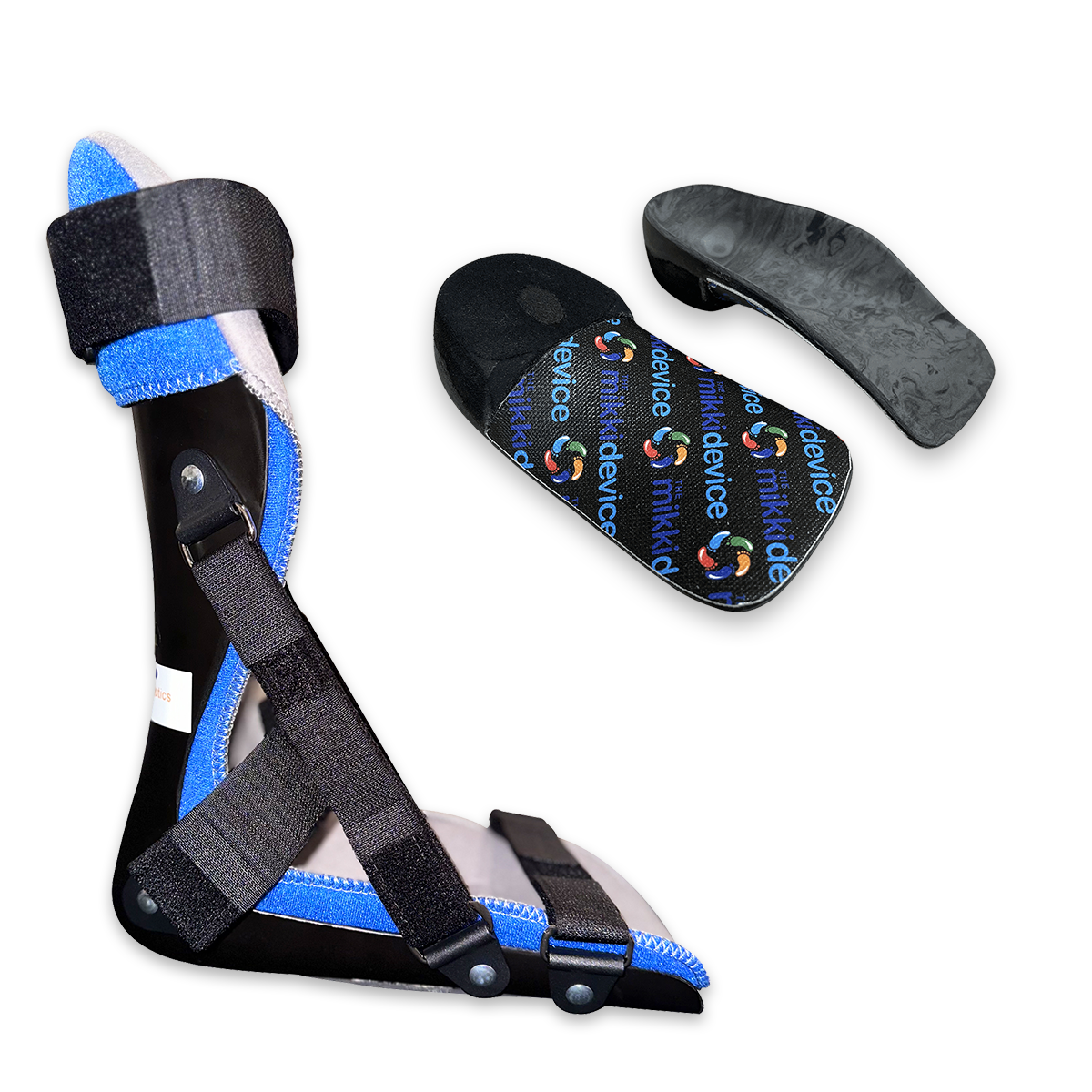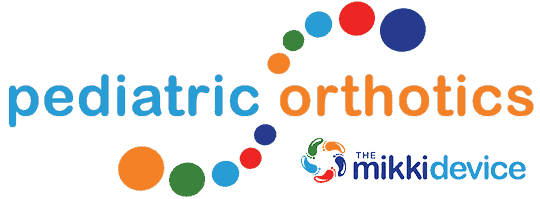Why Does My Child's Heel Hurt After Running or Sports?
How to Know if it's Sever's Disease
Heel Pain in Children
Children involved in sports often experience heel pain. One common cause is Sever’s Disease, also known as Calcaneal Apophysitis, which affects active children between 6 and 16 years old. This condition is characterized by inflammation of the growth plate in the heel.
Quick Facts About Heel Pain & Sever's
- Children that play sports are more susceptible to foot injuries and heel pain.
- Among young athletes, the most prevalent cause of heel pain is Sever’s Disease.
- Sever’s disease (aka Calcaneal Apophysitis), is a condition that affects children ages 6 to 16, causing a pronounced, sharp pain in the heel associated with the development of the child’s growth plate.
- For an unofficial diagnosis of Sever’s, lightly squeeze the sides of the child’s heel (watch this video).
- The activities most frequently linked to Sever’s disease heel pain in order are: Soccer, Basketball, Gymnastics, Baseball, Football, and Running.
- The most common age range of children most affected by heel pain due to Sever’s disease is ages 8 – 13.
- Statistically, boys are more likely to experience Sever’s disease than girls (72% of boys vs. 28% of girls as reported by Mikki Device User Statistics).
- There are 2 types of Sever’s disease; Acute and Chronic
- Acute Sever’s generally resolves on its own responding favorably to conservative treatments (A Pediatric Night Brace can help is sometimes recommended).
- Chronic Sever’s is less likely to resolve on its own and the recommended treatment is often custom orthotics and a nighttime pediatric brace.
- The Mikki Device is an at home treatment specifically designed to treat chronic Sever’s disease.
- It’s important that coaches, parents, and any other caregivers are familiar with Sever’s disease in children. and aware of how to recognize the signs.
Symptoms of Sever's Disease
Pain at the Back or Bottom of the Heel
Children often experience sharp or aching pain in the heel area, particularly at the back or bottom of the heel. This pain is due to inflammation of the growth plate in the heel bone.
Swelling and Redness
Affected children may show visible signs of swelling and redness around the heel. This inflammation is a direct response to the stress placed on the heel during physical activities.
Limping or Walking on Toes
To avoid putting pressure on the painful heel, children might limp or walk on their toes. This altered gait is a common indication of discomfort and an attempt to minimize pain.
Pain that Worsens with Activity
Heel pain tends to increase during or after physical activities like running or jumping and generally improves with rest. This pattern is characteristic of Sever’s Disease, as the repetitive impact exacerbates the inflammation.
Dr. Jarman Explains Sever's Disease
Dr. Mikkel Jarman explains Sever’s Disease, a painful inflammation of the heel’s growth plate commonly triggered by growth spurts in children. He details how to diagnose the condition, which often affects girls aged eight to thirteen and boys aged ten to fifteen. To learn about treatment options, watch the second video in the series, where Dr. Jarman covers various approaches to managing Sever’s Disease effectively.
Sever's disease condition causes pain in the heel of growing kids, especially young athletes. It accounts for 85% of heel pain cases I treat.
Dr. Mikkel Jarman
Sever's Disease Diagnosis
Sever's Disease Treatment
Identifying Sever's Disease
How to identify if your child has Sever's disease and the two types.
How to Check for Sever's
In this video, Dr. Jarman shows how he checks for Sever’s disease in the office. While helpful, an x-ray may be needed to rule out other conditions. This demonstration alone cannot substitute for an official diagnosis by a pediatric podiatrist.
Acute vs Chronic
Acute Sever’s
We’ve all been there – your kid is playing sports or running around, and then they feel a sudden pain in their heel. This is acute Sever’s disease, where the heel bone gets inflamed from overuse. The good news is acute Sever’s often responds well to rest, icing the heel, over-the-counter meds, and taking a break from high impact activities. A pediatric brace can also help by providing extra support and relief.
Chronic Sever’s –
Sever’s disease is when the heel inflammation just won’t go away. The pain and discomfort can drag on for months or even years if left untreated. Chronic Sever’s definitely deserves a trip to the doctor, since home remedies alone often aren’t enough. The treatment plan may include custom orthotics to correct foot mechanics and a nighttime pediatric brace to help the heel properly heal. Getting on top of chronic Sever’s is key to stopping the cycle of constant heel pain.
Join the Sever’s Disease Support Community
The Connection Between Sever's Disease and Certain Sports
Some sports tend to have a higher incidence of Sever’s Disease, especially ones involving running, kicking and jumping. The most common sports linked to Sever’s are:
- Soccer,
- Basketball,
- Gymnastics
- Baseball,
- and Football
Top 10 Sports Linked to Sever's Pie Chart
(This pie chart data and other valuable statistics were obtained from a dataset parents who ordered Mikki Device orthotics to address their children’s heel pain.)

Most Common Sports Linked to Sever's
(In order, here are the top sports reported by parents with children experiencing heel pain from Sever’s disease.)
- Soccer
- Basketball
- Gymnastics
- Baseball
- Football
- Running
- Lacrosse
- Tennis
- Softball
- Wrestling
- Track
- Volleyball
- Cheerleading
- Swimming
- Tumbling
- Ballet
- Biking
- Flag Football
- Hockey
- Farming Work
- Brazilian Jitjitzu
- PE
- Acrobatics
- Rugby
- Taekwondo
- Dance
- Tap Dancing
- Golf
- Ultimate Frisbee
- Skating
Available Treatment Options for Sever's Disease
Acute Sever's Disease Treatment
- Rest and Activity Modification: Limit activities that cause pain, especially high-impact sports.
- Ice Therapy: Apply ice packs to the affected heel to reduce inflammation and pain.
- Pain Relief: Use over-the-counter pain relievers like ibuprofen or acetaminophen to manage discomfort.
- Supportive Footwear: Ensure the child wears shoes with good cushioning and arch support.
- Heel Pads or Cups: Use these to reduce heel stress and provide additional cushioning.
- Stretching Exercises: Gentle stretches for the Achilles tendon and calf muscles can help alleviate tension.
Chronic Sever's Disease Treatment

The Mikki Device Sever’s Solution Kit
This at-home solution doesn’t require a doctor’s appointment or prescription. The kit includes custom orthotics and a pediatric night brace, achieving a 95% success rate in alleviating persistent cases within 8 weeks for children aged 7 to 16.
The orthotics fit comfortably in regular shoes or sports cleats, and the night splint is tailored to the child’s shoe size.
The Mikki Device was designed by Dr Mikkel Jarman and driven by the lack of effective treatments for Chronic Sever’s Disease.
The Mikki Device is an At-Home Treatment for Chronic Sever's Disease
Available without a doctors prescription, and also with a 60-day Money back Guarantee.
